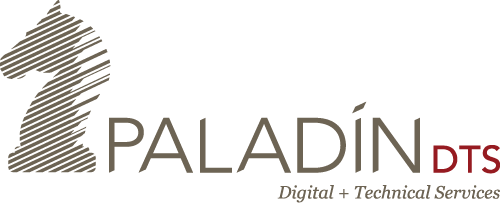By Kelsey Leslie, PE, Paladin, Inc.
Building owners who dream of a facility that is fully operational on day one have learned that success depends on a deliberate approach to coordinating all of its moving parts, especially those parts that actually move (ie. equipment.) The building commissioning (Cx) process offers a great overview perspective on the working systems in a building and the ability to coordinate their reaching full functionality at the same time.
This process is best managed with clearly defined construction phase goals within the Owner Project Requirements (OPR). The conversations around their definition allows owners to express their priorities and their willingness to use their equipment and systems for temporary conditioning. Start-ups can certainly be limited to a simple checkout process that includes turning the equipment on, verifying its functionality and connections, recording its parameters and then turning it off again. While this simple approach can certainly minimize wear-and-tear during construction, it can also limit overall building progress.
We have seen temporary conditioning measures used with great effect, leveraging systems and equipment in a limited manner to manage the environment in a building as other elements are being completed. For instance, one-third of the terminal units throughout a building can be run to provide adequate space conditioning (temperature and humidity) for flooring and casework installations. The units being run can be rotated depending on where painting or final finishes are actually taking place.
Start-up plans can also be designed to account for criteria ranging from scheduled filter replacements to the availability of necessary personnel and whether systems and equipment training will be conducted simultaneously with the start-up activities.
Once equipment is on-site, regular meetings to discuss mechanical, electrical and plumbing (MEP) commissioning progress should include a conversation about the pre-requisites for start-ups, starting with agreement on what the word “ready” even means. If the different players on the construction team are working with different definitions, disappointment may be the main outcome of their efforts.
For example, when my company commissioned residence halls at the University of Kentucky, the environmental systems included hundreds of heat pumps that had to be brought online over the course of the build’s final few months. To ensure each was operating as designed once the buildings were online, we collaborated on a standardized start-up process simplified to steps one could count on the fingers of two hands. They were: 1. Power, 2. Ductwork, 3. Piping, 4. Condensate, 5. Insulation, 6. Controls Wiring, 7. Thermostat. Working from that list, the construction manager broke down the process to reflect the roles of general trades then posted it in the job trailer. (see pic). That literally got everyone working from the same page and helped drive our shared success.
With systems that also include more complex equipment like chillers and customized air handling units, this kind of thoughtful and practical integration is even more important. So, no matter what kind of building you’re bringing on line, the keys to successful start-up include:
- Defining start-up criteria in the OPR and in the specifications including preferences for temporary conditioning use;
- Identifying the basic elements that will determine whether the equipment/system is ‘ready’ for start-up (recommend using the construction checklists)
- Completing the construction checklist and confirming that equipment is ‘ready’
- Confirming that any required manufacturer’s checkout documentation has been completed and submitted to prevent unnecessary re-scheduling
- Scheduling start-up activities, coordinating with all required parties
- Attending and witnessing start-up, confirming that the identified procedures are satisfied
When that approach is taken, the likelihood of a successful launch is greatly increased. The measures of that successful start-up effort will then include:
- A completed construction checklist
- A completed manufacturer’s checkout, possibly including warranty information
- Equipment/system activation which initiates the next MEP milestones including controls point-to-point checkout, testing and balancing (TAB), and functional testing
- Confidence in component functionality as the systems begin to come together
- A happy building owner with satisfied occupants.


